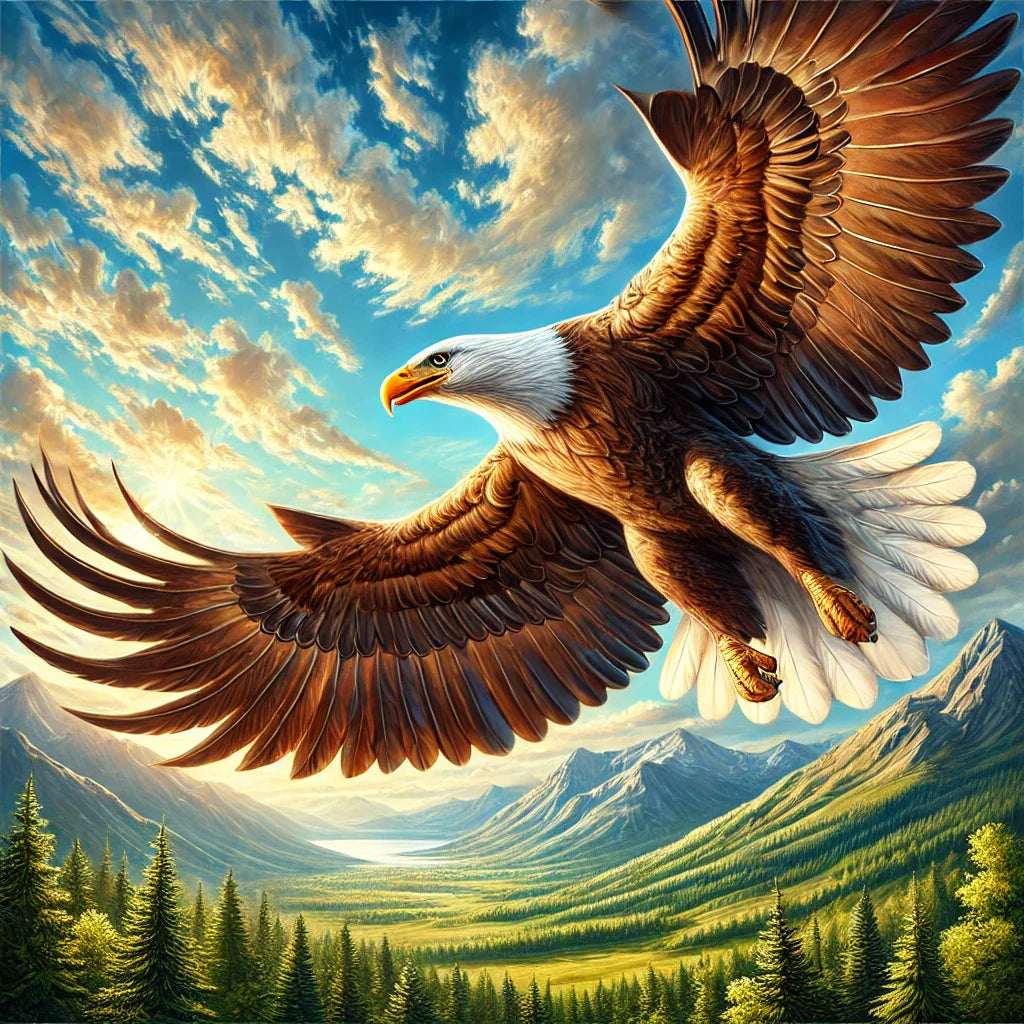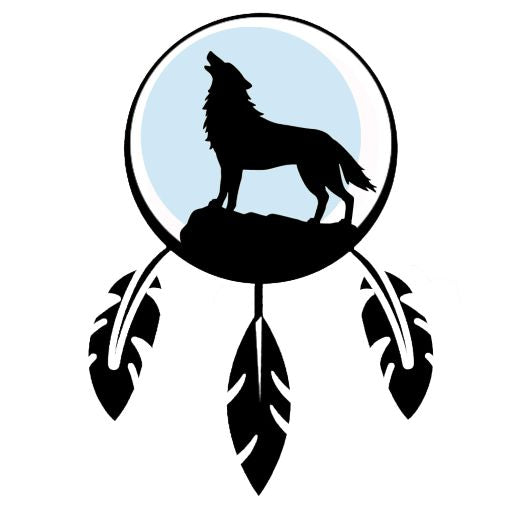What spiritual role does the eagle play in indigenous cultures?

For many Indigenous nations, the eagle is seen as a sacred symbol. It is often described as the messenger of the Great Spirit, capable of carrying the prayers of humans to the sky. This ability to soar to dizzying heights makes the eagle a symbol of vision and clairvoyance. Its keen eyesight allows it to spot prey from miles away, representing an individual's ability to see beyond appearances and perceive the truth.
The Eagle and the Spiritual Connection
The eagle plays a central role in the spiritual rituals of Indigenous peoples. Its feathers are sacred and used in purification and healing ceremonies. Owning an eagle feather is an honour that comes with great responsibility. It is often seen as a symbol of strength, dignity and respect, worn by those who have performed acts of bravery or service to their community.
Symbolism in myths and legends
In indigenous mythologies, the eagle often plays the role of a hero or guide. For example, in some legends, it is described as the guardian of souls, helping spirits find their way to the afterlife. These stories emphasize the importance of the eagle as a protector, teaching people respect and reverence for all living creatures.
A symbol of freedom
The eagle is also a symbol of freedom. Its free and majestic flight in the sky is often associated with spiritual independence and the ability to overcome obstacles. For many indigenous peoples, the eagle represents the indomitable spirit and the aspiration for freedom, both physically and spiritually.
The Eagle in Art and Culture
The significance of the eagle is also seen in the art and culture of Indigenous peoples. Eagle motifs are often depicted in textiles, sculpture, and painting, embodying the beauty and power of this animal. The eagle is an inspiration to many artists who seek to capture its majesty and deep meaning.
Conclusion
The eagle, as a powerful symbol of wisdom, strength and freedom, continues to hold profound meaning for Indigenous peoples. Its presence in rituals, art and myths highlights the importance of this animal in the spiritual culture of Indigenous communities. By celebrating the eagle, we honour not only its beauty but also the life lessons it embodies for generations to come.
Sources and References :
- Exploring Indigenous Animal Symbolism: Myths & Meanings - Native Tribe Info .
- The Spiritual Significance Of Native American Animal Symbolism - Richard Alois .













